If you’re looking for the best used car for £10,000 or less, you needn't settle for sleep-inducing mundanity.
You might be met by an outdated interior or last-generation dynamics, as well as the possibility that its emissions could eventually exclude it from cities, but there are still some fantastic options out there.
Plus, you'll be doing your bit for the planet if you look after it and thereby maximise the use of its manufacturing carbon footprint.
To narrow our search, we’re only looking at cars that can be bought for £10,000 with fewer than 40,000 miles, don’t have ‘EV’ anywhere near their name and possess a USP that sets them apart in any car park.
Join us, then, as we look through the best used cars for less than £10,000.
Volkswagen Golf GTI (2004-2007)
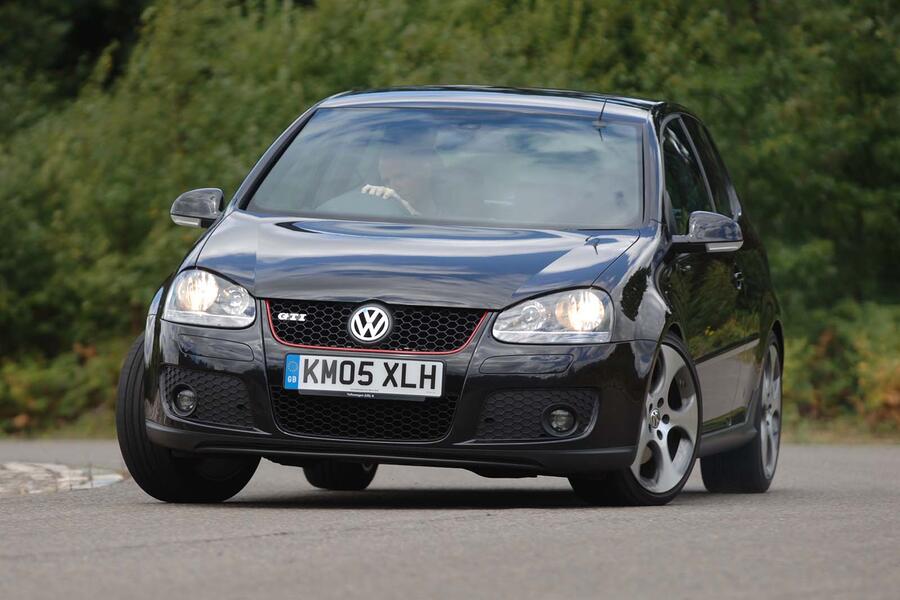
We all know the cliché: this car represented a much-needed return to form for the famed hot hatch, melding proper performance with everyday usability and a quality feel in a way that even its modern equivalent struggles to match.
But we will discard that for a second and take a look at how the Mk5 Golf GTI actually stacks up as a used buy. You can pick them up for less than £2000, but tidy ones only go for a few thousand more than that.
Maxing out our budget bags you an Edition 30, which got a 30bhp boost, xenon headlamps, deeper front and rear bumpers and tricksied-up alloy wheels to give it a more distinctive look.
Despite its age, the hot Volkswagen Golf is still proving to be reliable, with only a couple of major issues commonly reported by owners.
Thrashed examples can have coil packs prone to failure, water pumps can leak and those with a dual-clutch automatic gearbox can become jerky or hesitant if not serviced properly – repairs that can cost anywhere between £200 and £2000.
Ford Mondeo ST220 (2000-2007)
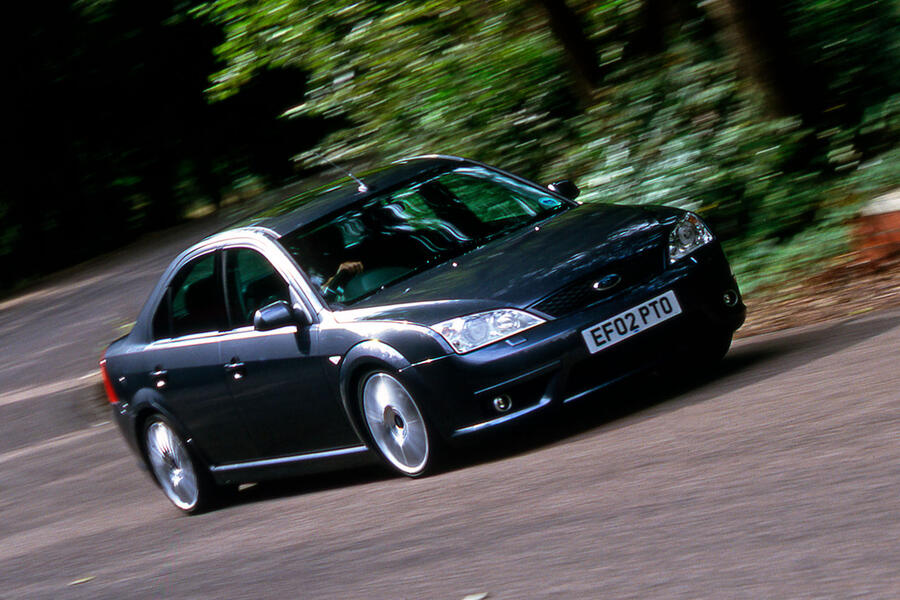
Given their rarity, tidy examples of the Ford Mondeo ST220 can sell at the top end of our budget. But as a less expensive way of embarrassing Rupert in a BMW 3 Series that costs twice as much, only Ford can deliver a performance saloon that does it with such verve.
It has an intriguing combination of being rare, together with a measure of practicality and performance that make you wonder why we buy anything else.
To its 224bhp 3.0-litre V6, it adds a cool bodykit, 18in alloy wheels and Recaro heated leather seats, and it has the boot space to match any of its rivals.


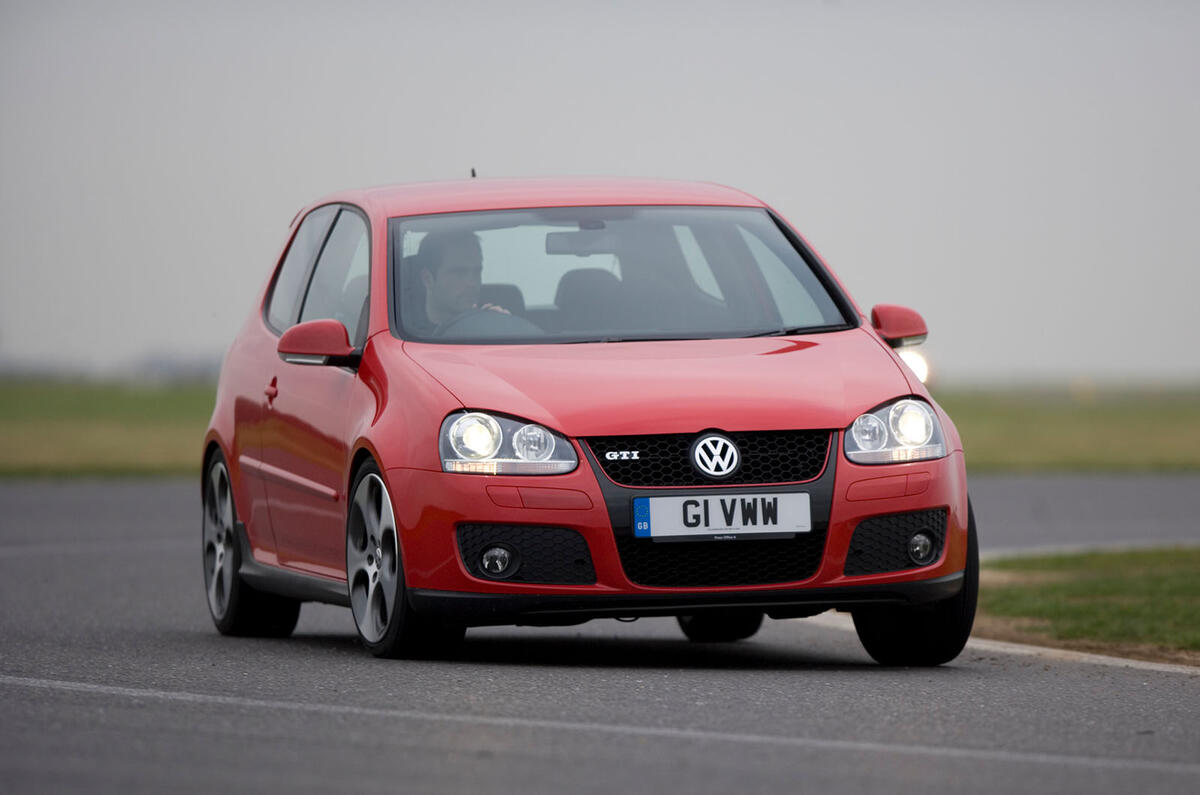









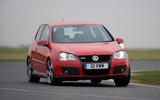










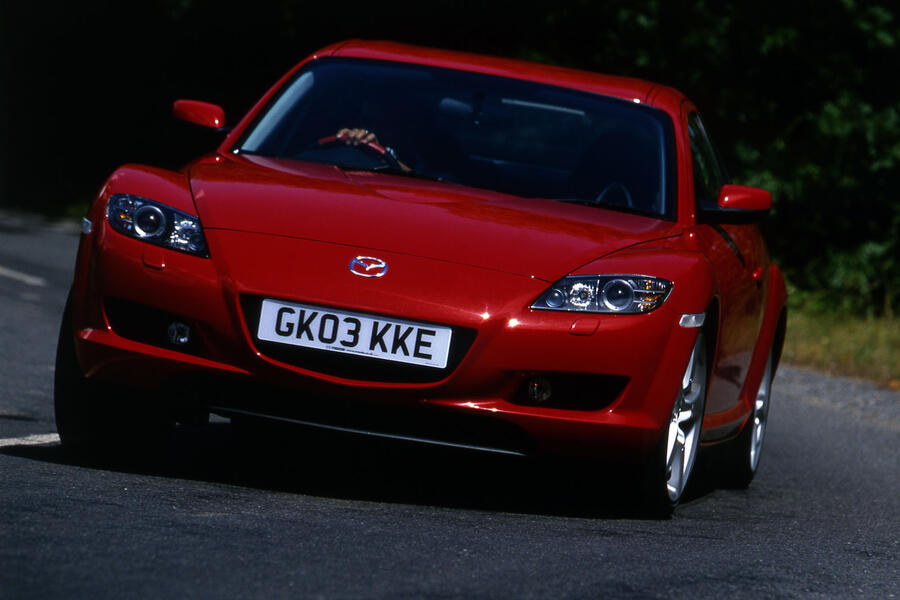
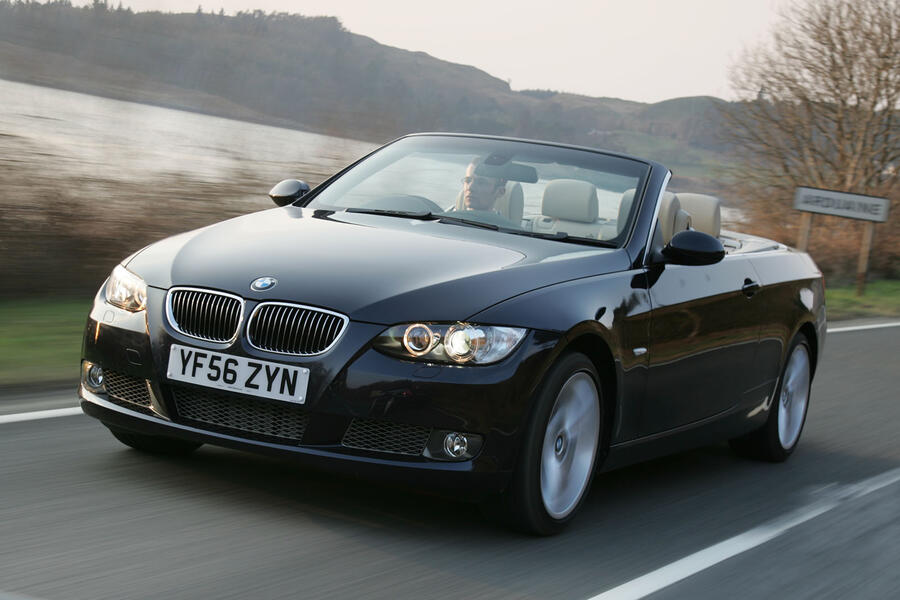
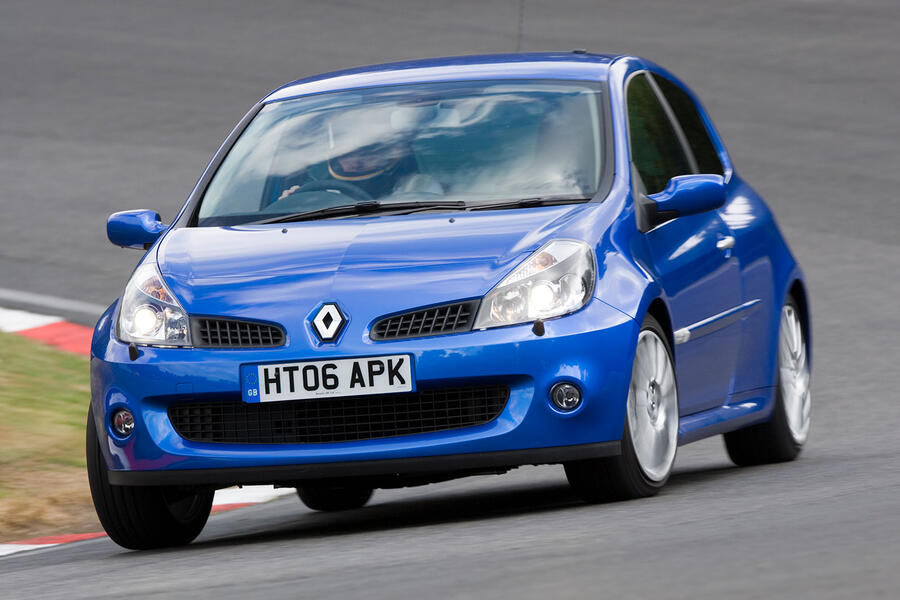
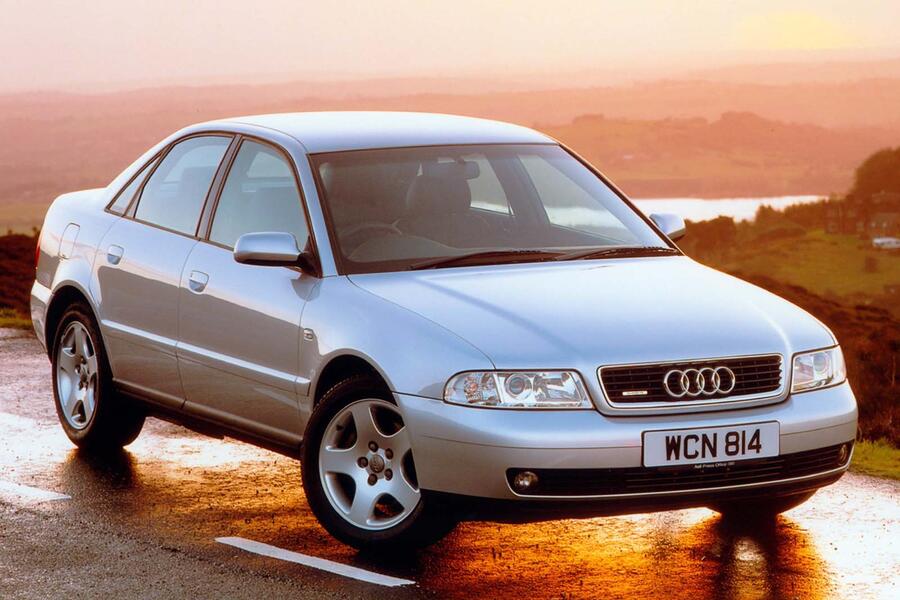
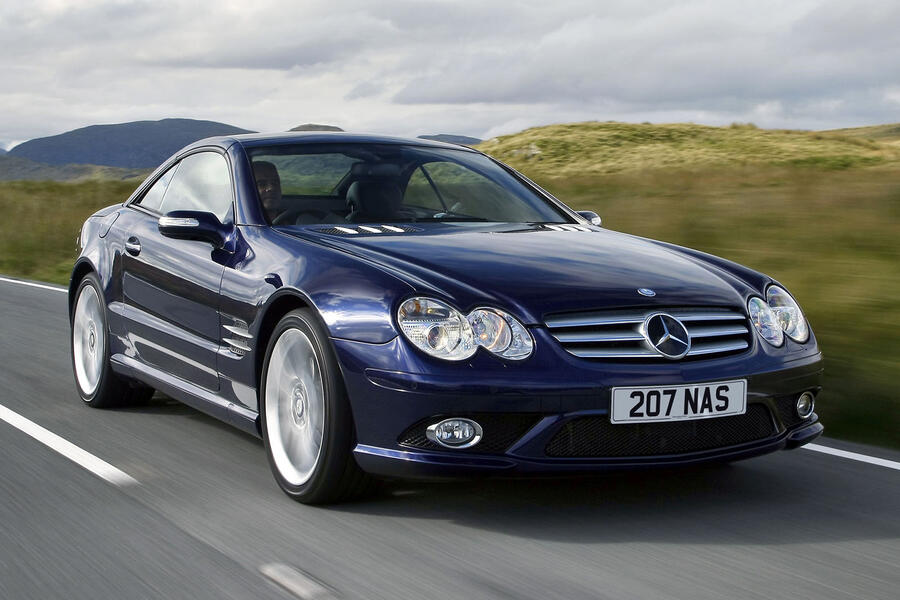
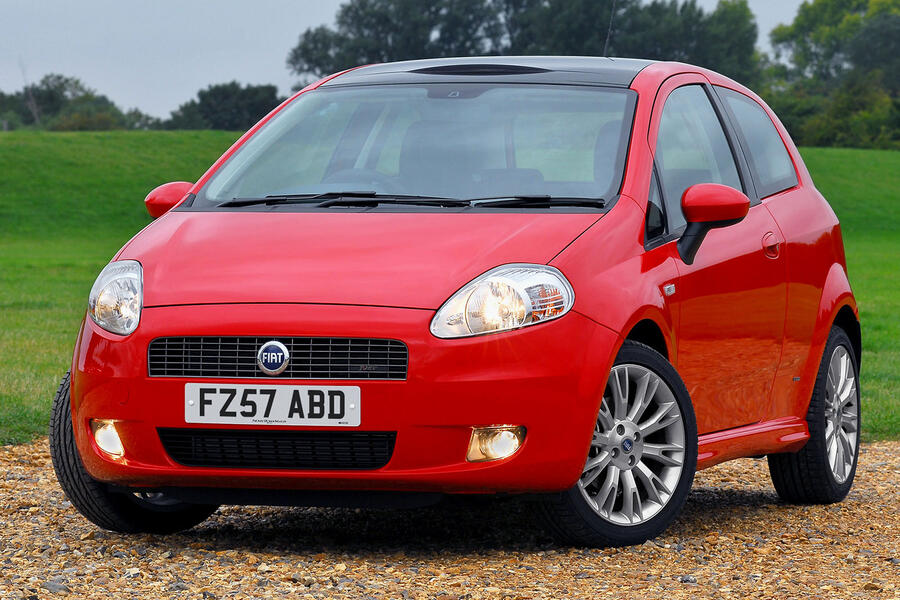
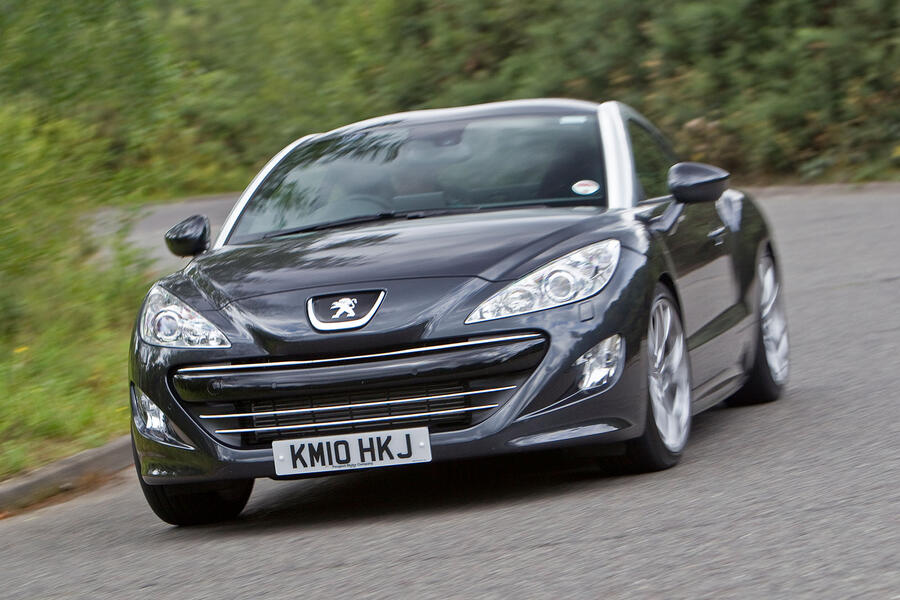
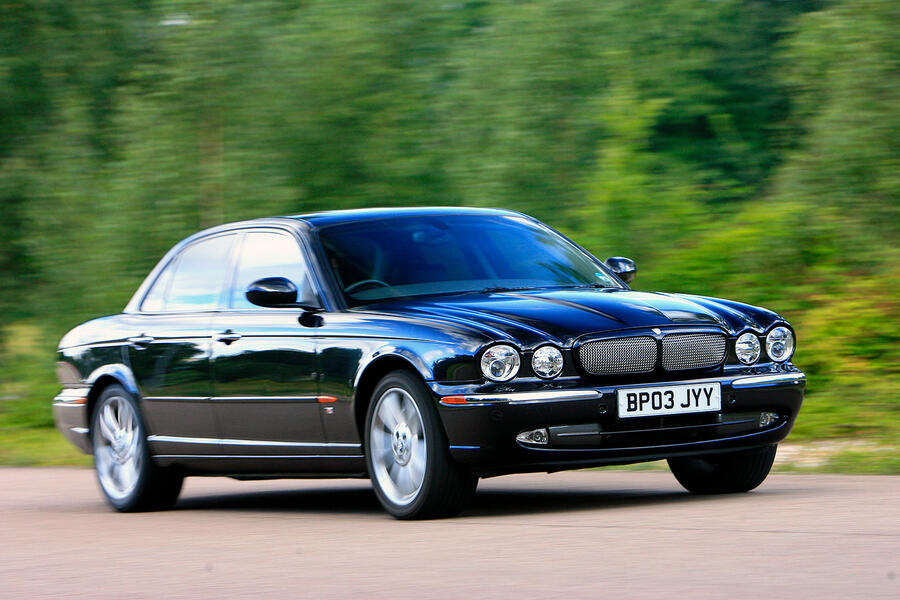






Add your comment